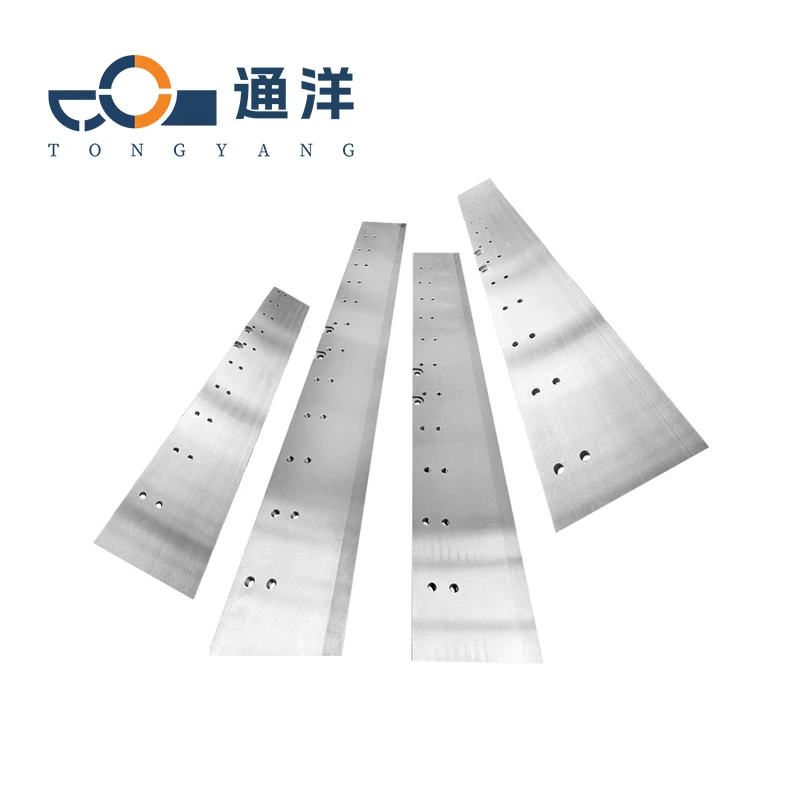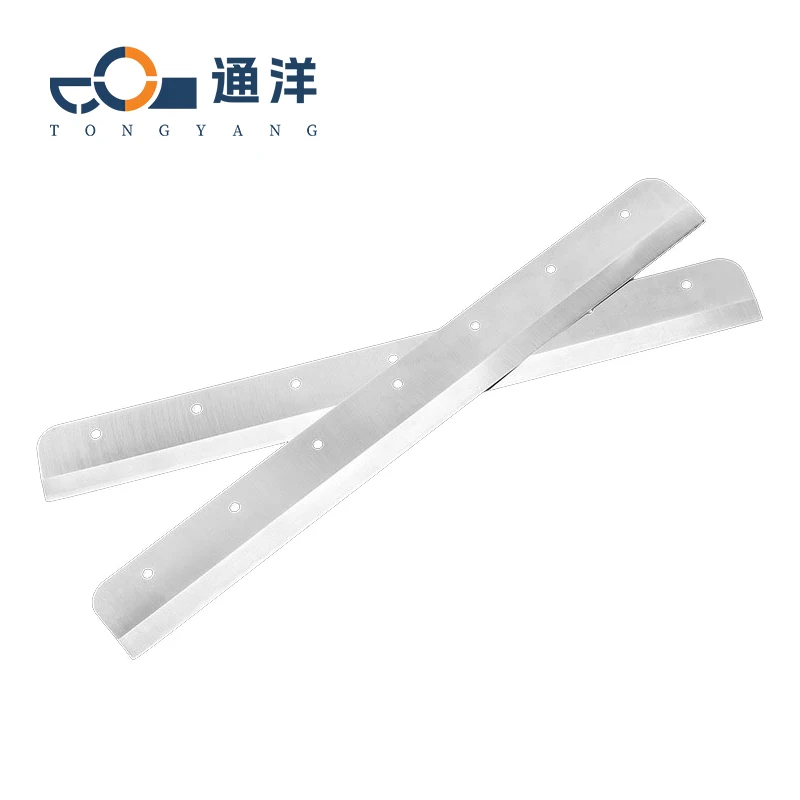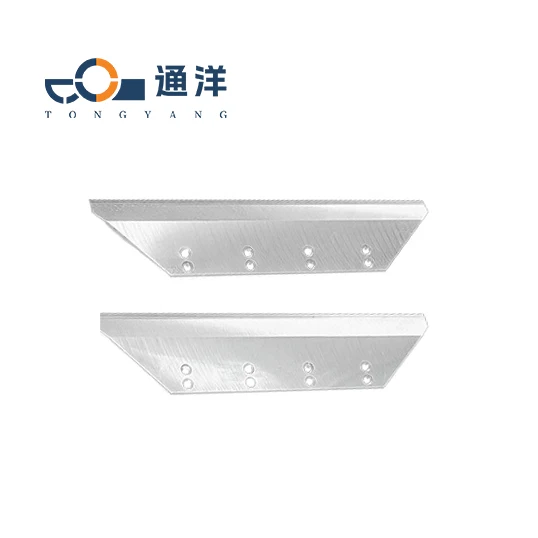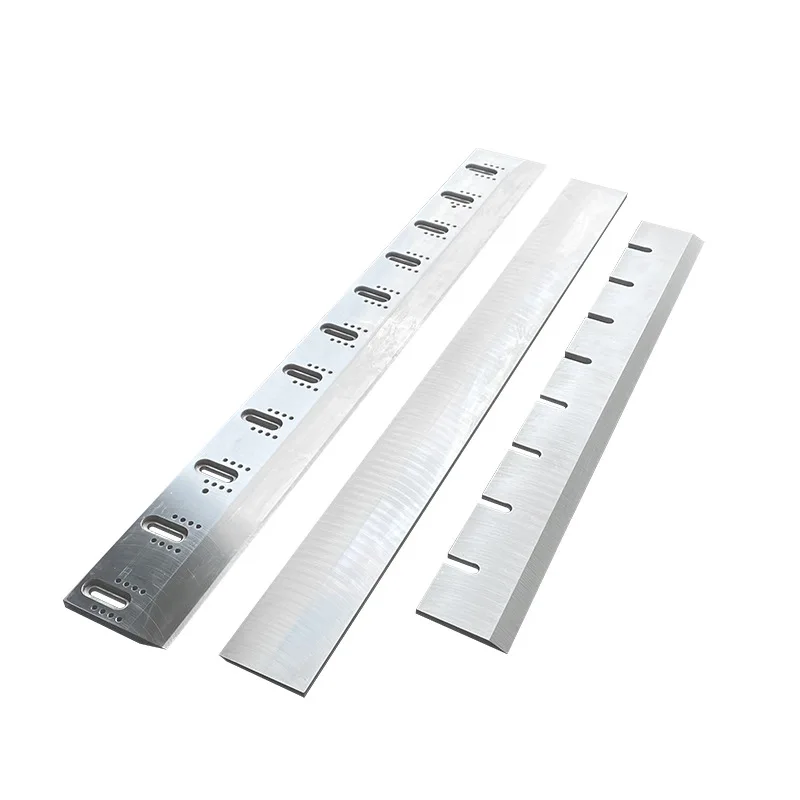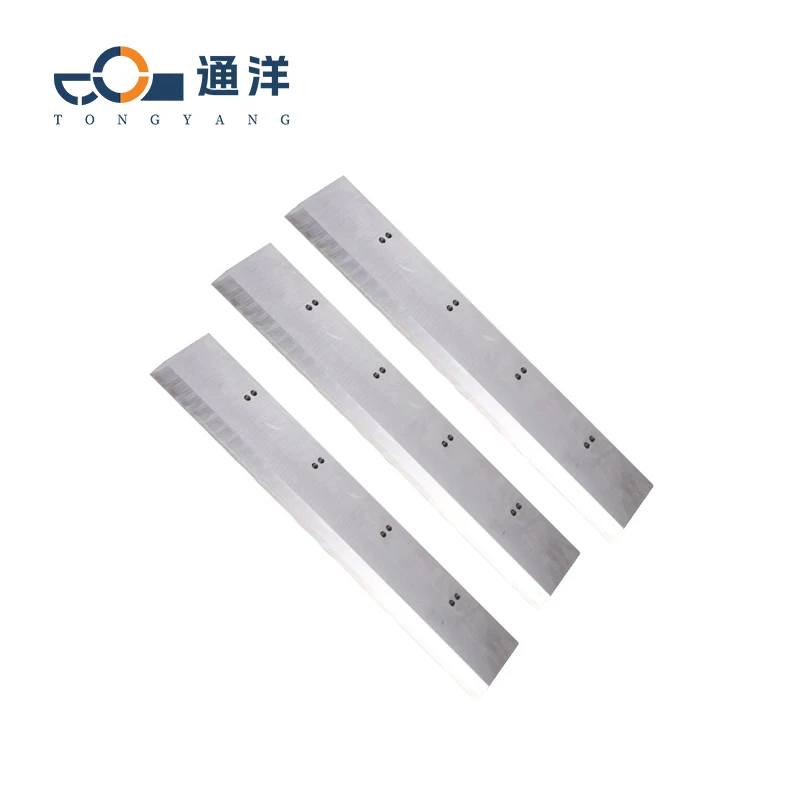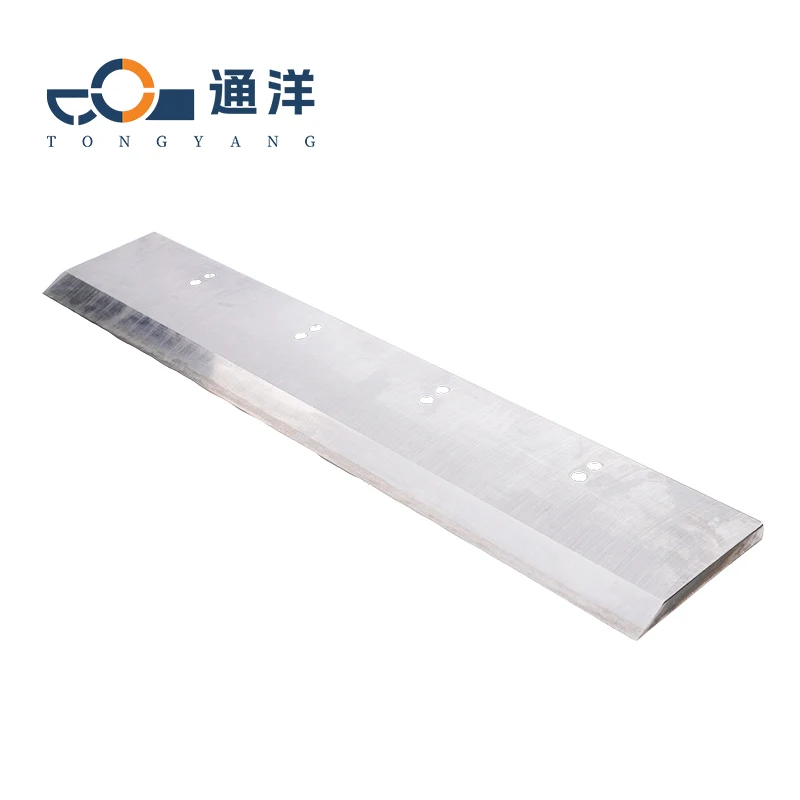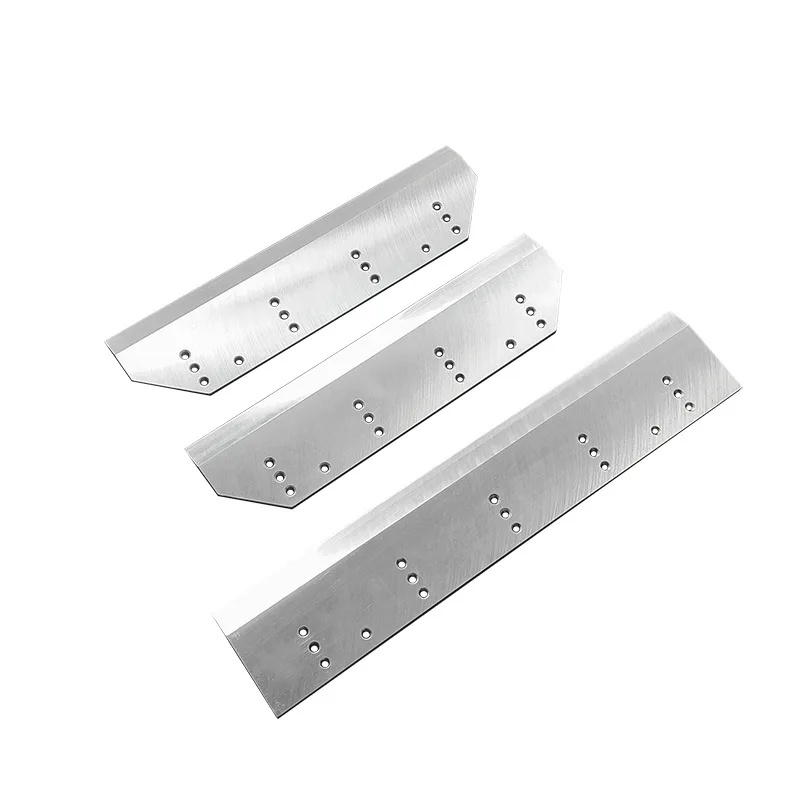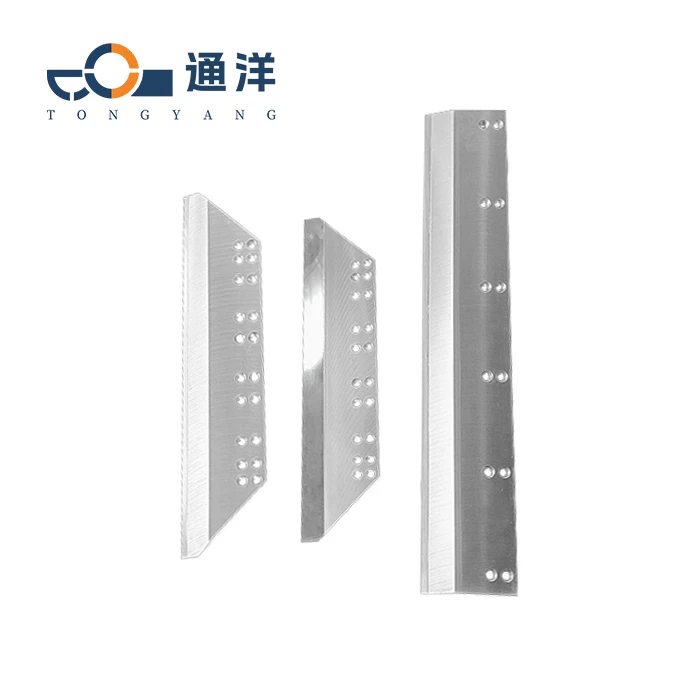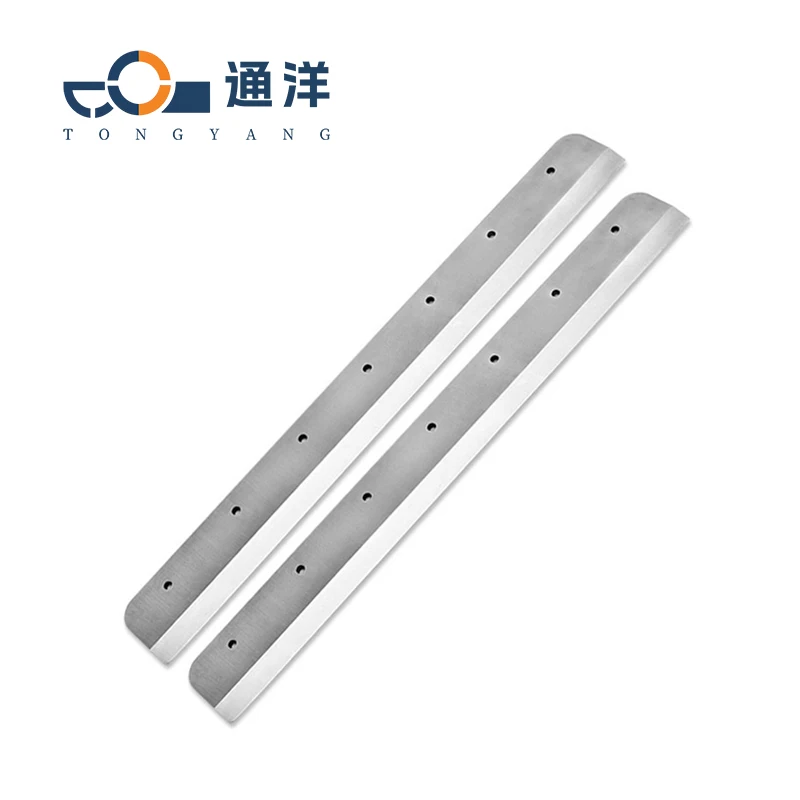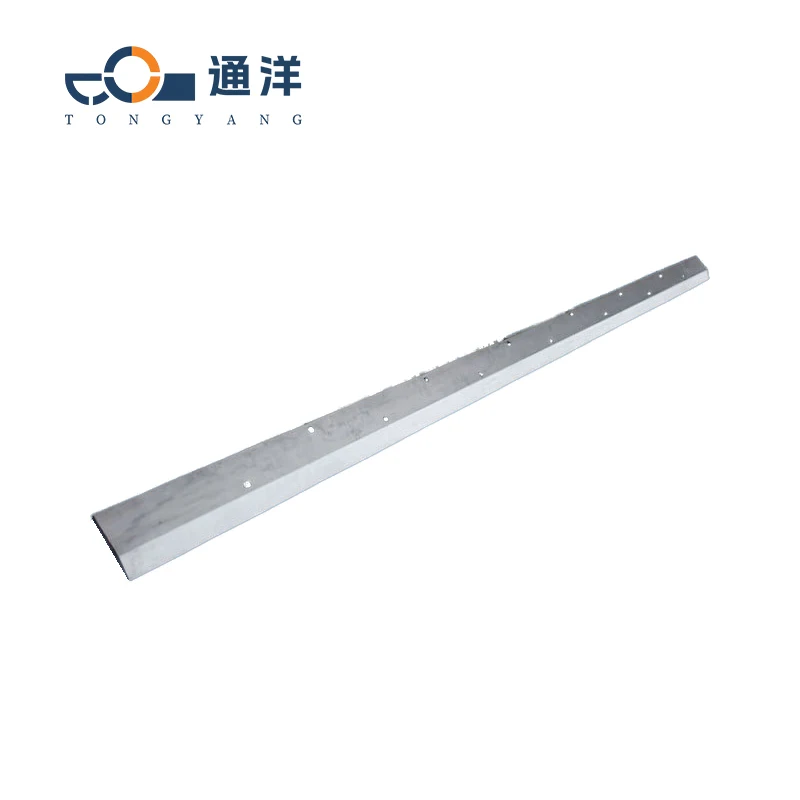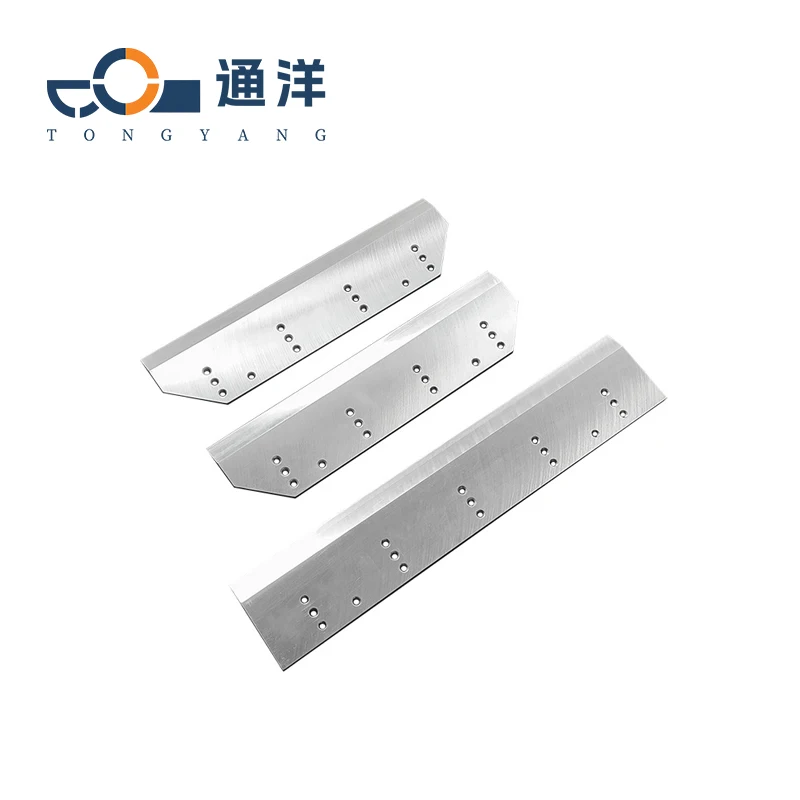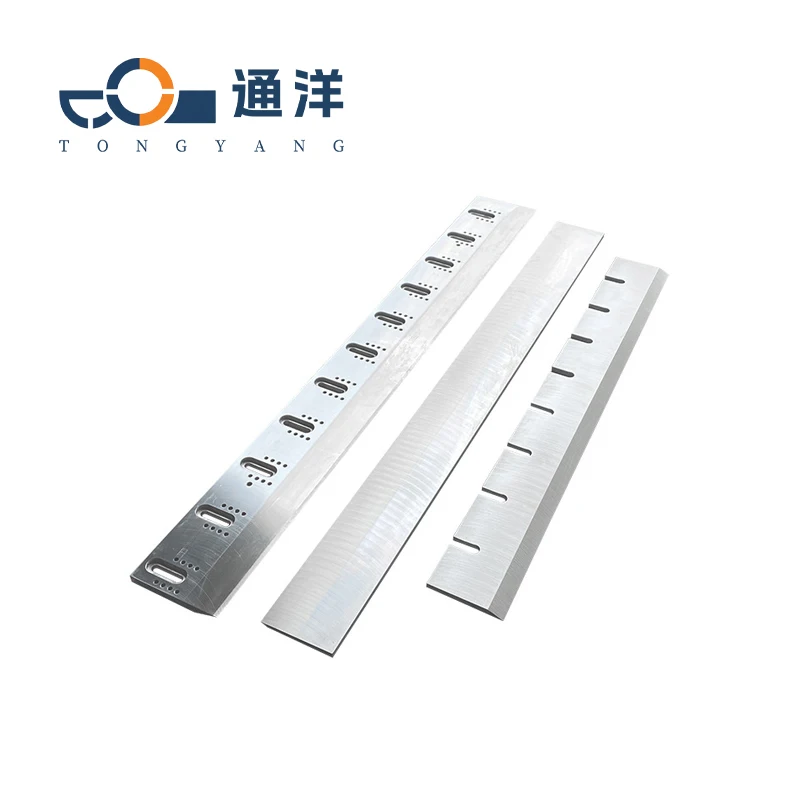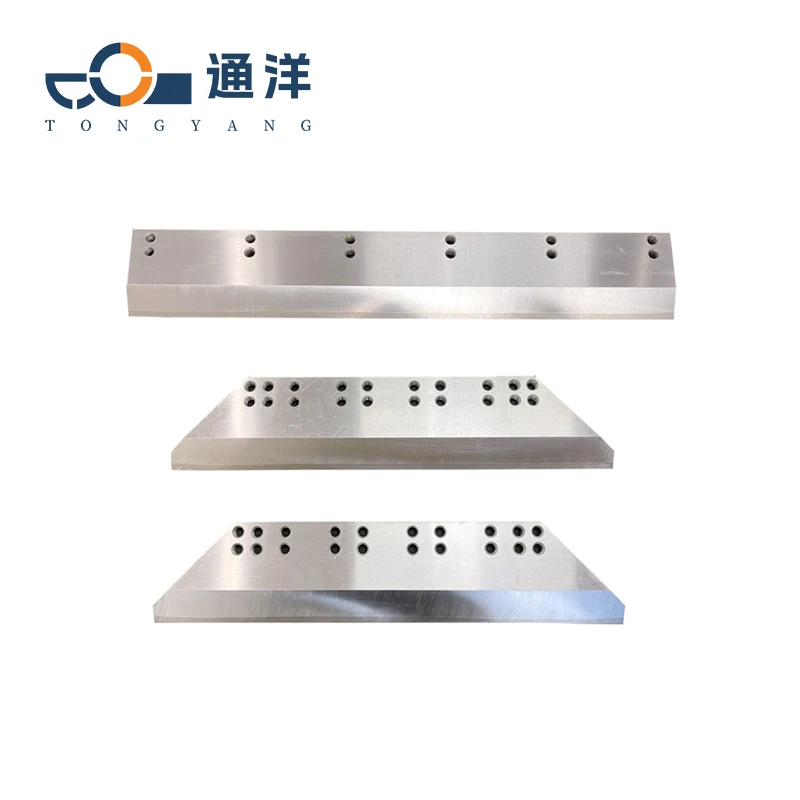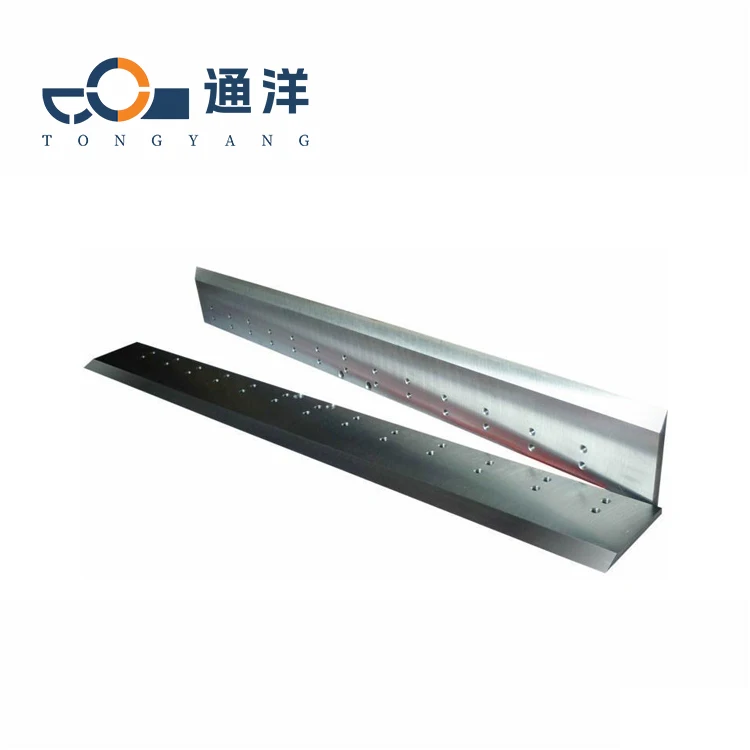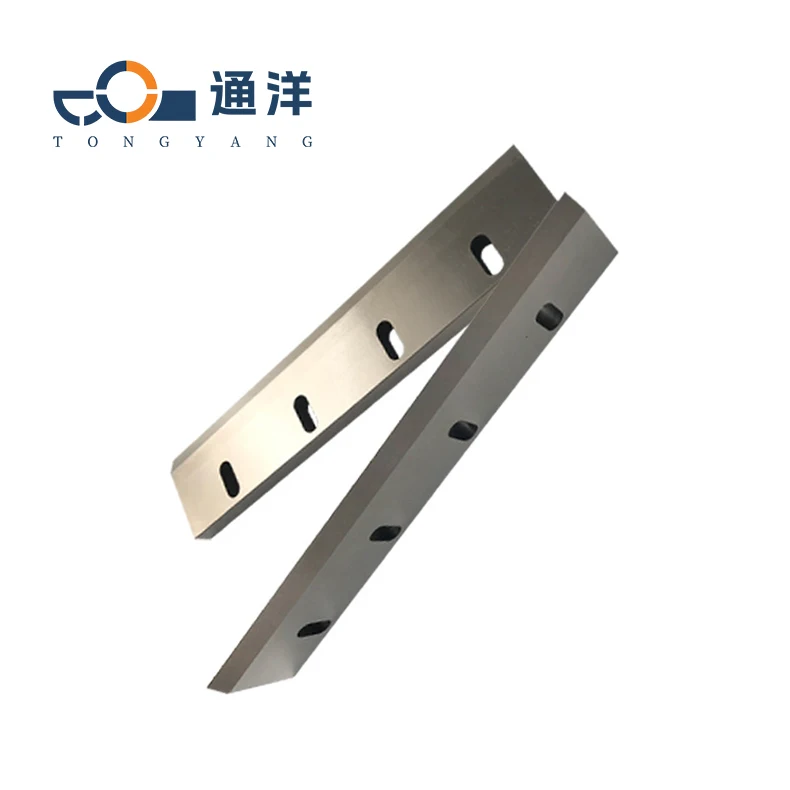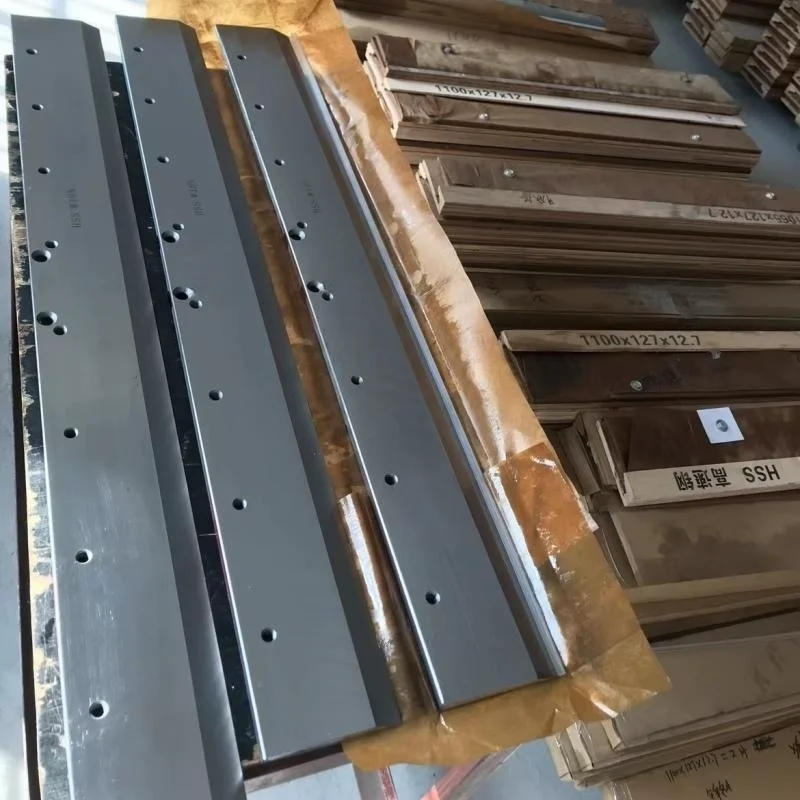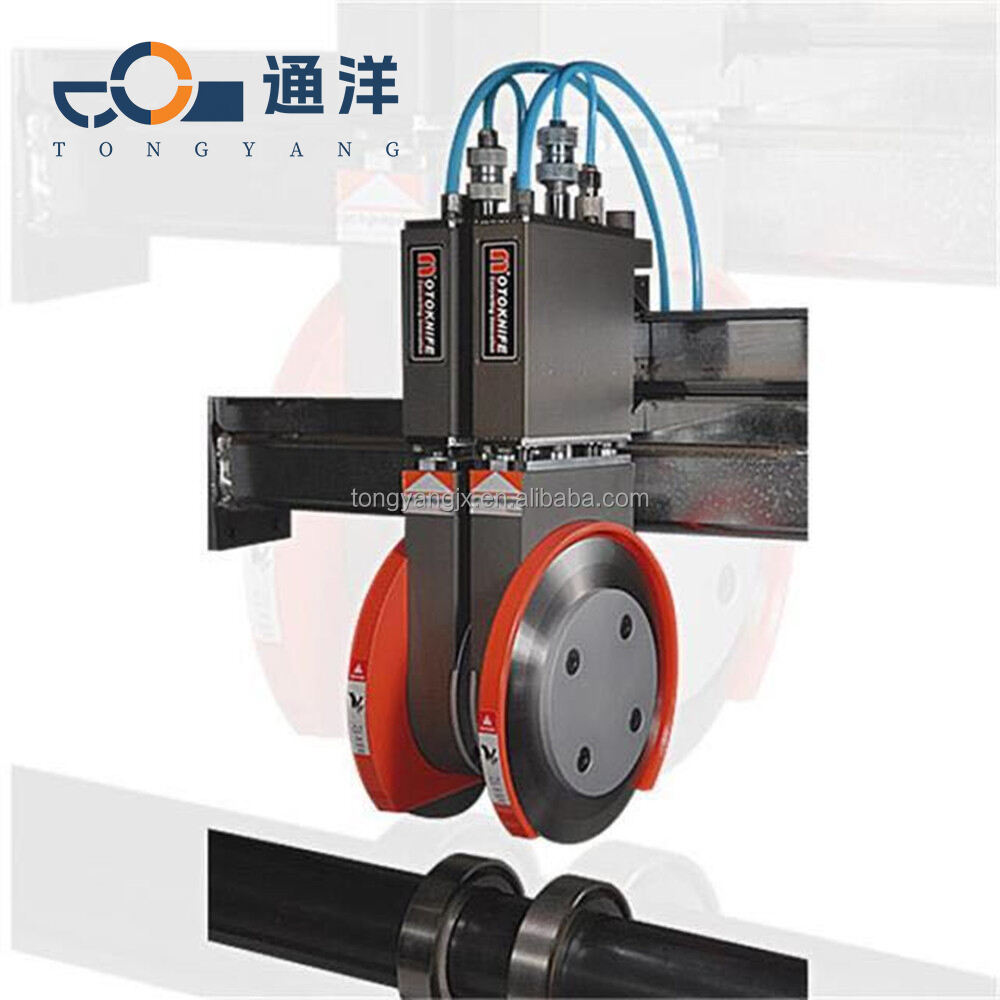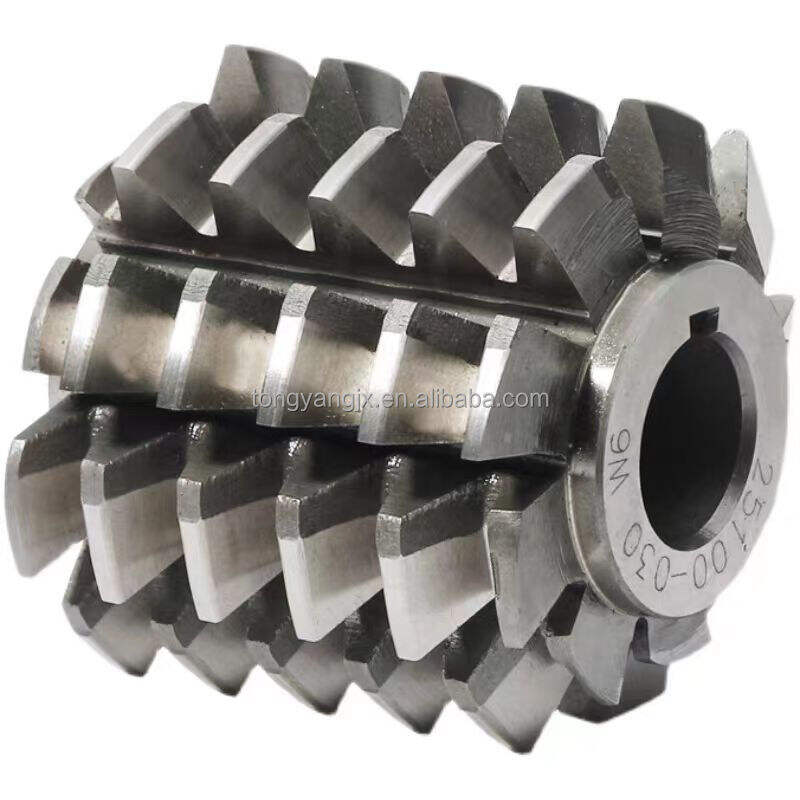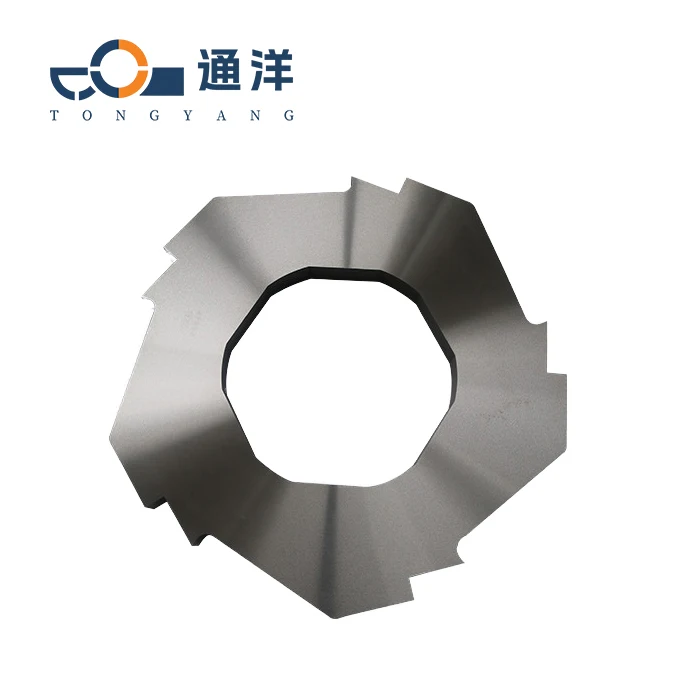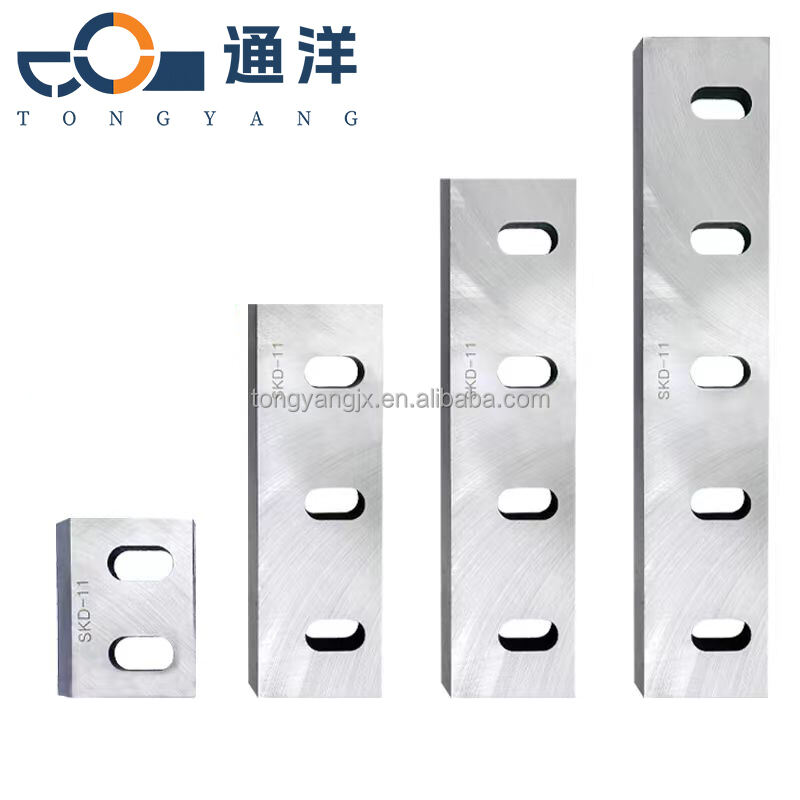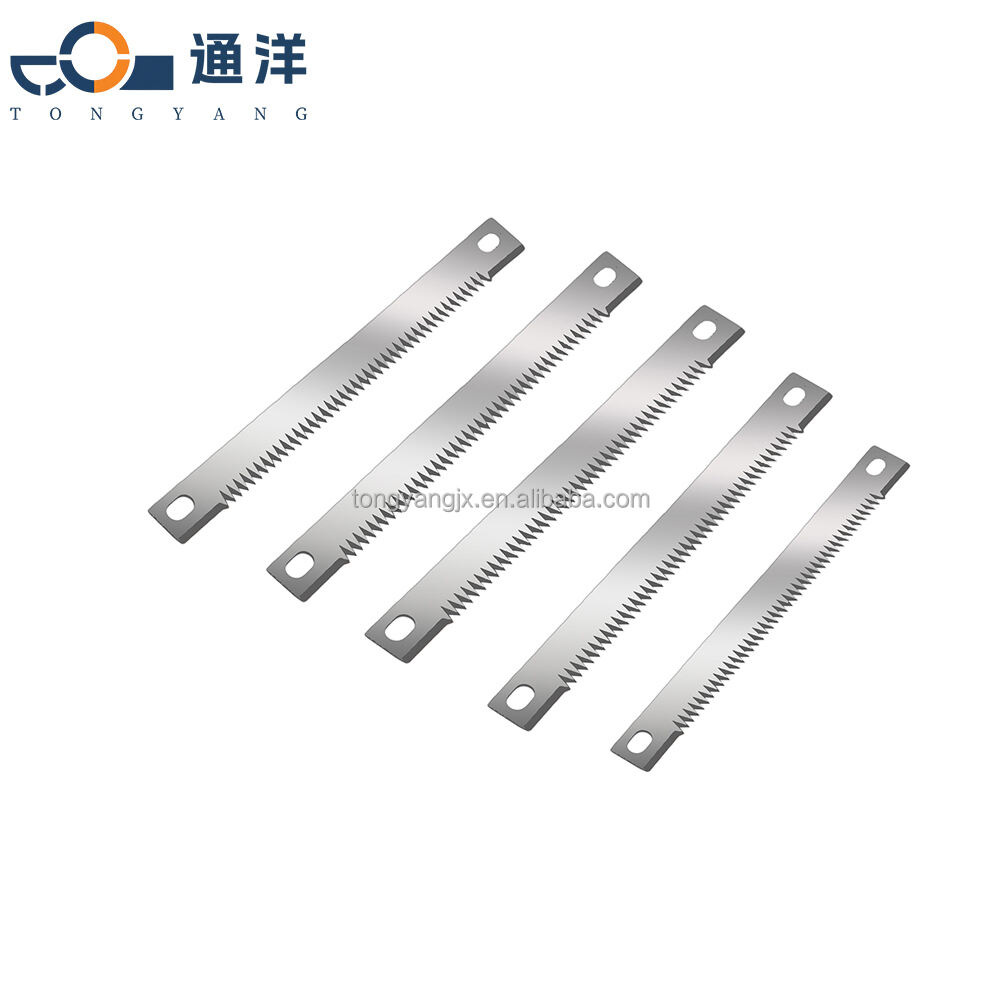Paper Cutting Machines blade
- Overview
- Related Products
products Description
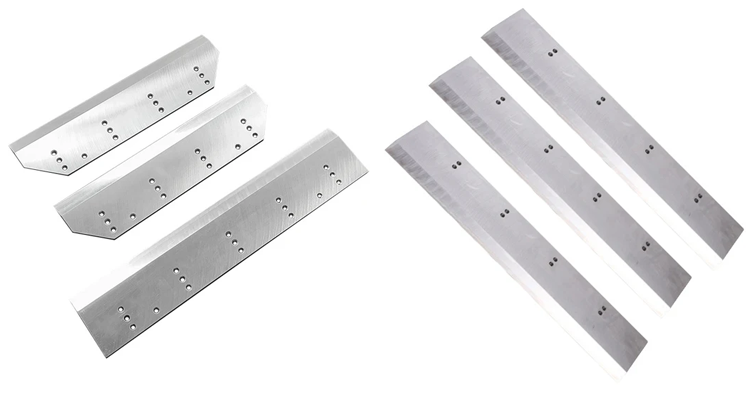
Key Points of Maintenance
1.Cleaning: Regularly remove impurities such as paper scraps, dust, and oil stains from the
blade to prevent their accumulation from affecting the cutting effect and the service life of the blade
You can use a clean soft cloth or a brush for cleaning.
2.Lubrication: According to the recommendations of the equipment manufacturer, regularly
apply an appropriate amount of special lubricant to the moving parts and cutting edges of the blade
to reduce friction, prevent rust, and ensure a smooth cutting process
3.Inspection: Regularly check whether the blade edge shows signs of wear, nicks, or deformation.
If any problems are found, the blade should be repaired or replaced promptly to ensure the cutting quality
and the normal operation of the equipment.
4.Storage: When the blade is not in use temporarily, it should be stored properly to avoid
collisions or scratches with other hard objects. It is best to place it in a dedicated tool holder or
protective sheath.
Detailed Information
| Brand name | TY |
| Warranty | 1year |
| Place of origin | Anhui, China |
| Applicable Industries | Printing, Office Work |
| Condition | New |
| Weight (kg) | 10 |
| Material | Stainless steel, Carbon steel,HSS etc,customize |
Core function
The blades of paper cutting machines are key components in industries such as papermaking, printing and
packaging, directly affecting the cutting efficiency, precision, and the quality of the finished products. Their
sharpness, wear resistance, and service life are the core performance indicators.
Material Classification
Alloy steel blades: Adopting the composite rolling process, the grain size is refined, and it has strong
resistance to edge chipping, which is suitable for cutting general paper.
High-speed steel blades: Containing 18% tungsten, they are wear-resistant, with a smooth and sharp
cutting edge. They are especially suitable for high-grammage coated paper,and their service life is more than
five times that of ordinary blades.
Steel-inlaid/alloy-inlaid blades: The cutting edge is made of cemented carbide (such as tungsten
carbide), with high hardness (HRC 60-67). It is suitable for difficult-to-cut materials such as cellophane
and thick cardboard. It requires fewer sharpening times and significantly improves efficiency.
Process characteristics
Select high-quality steel and adopt a heat treatment process to ensure uniform hardness(HRC 58-67), and
there is no peeling or burrs on the cutting edge.
The finished blades have a unified specification (such as 1065×127×12.7mm), support non-standard
customization, and are suitable for different models of paper cutting machines.
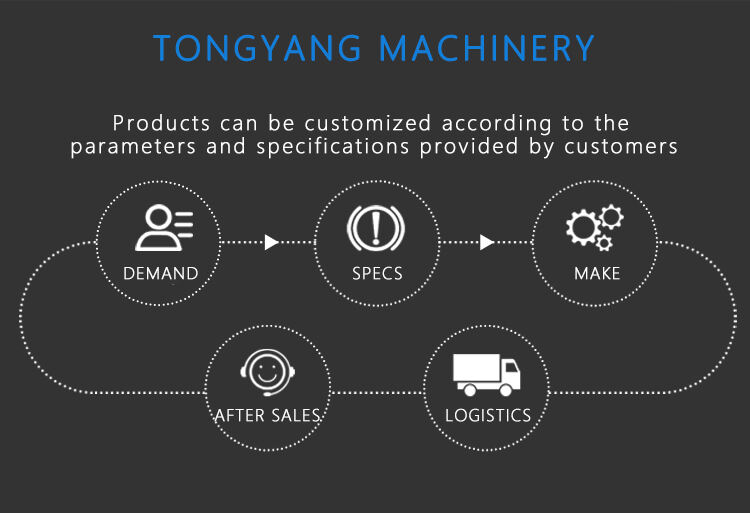
Application scenarios
It is suitable for printing paper cutters, slitting machines, etc., and can meet the high-precision cutting of
materials such as paper, fabric, and film.
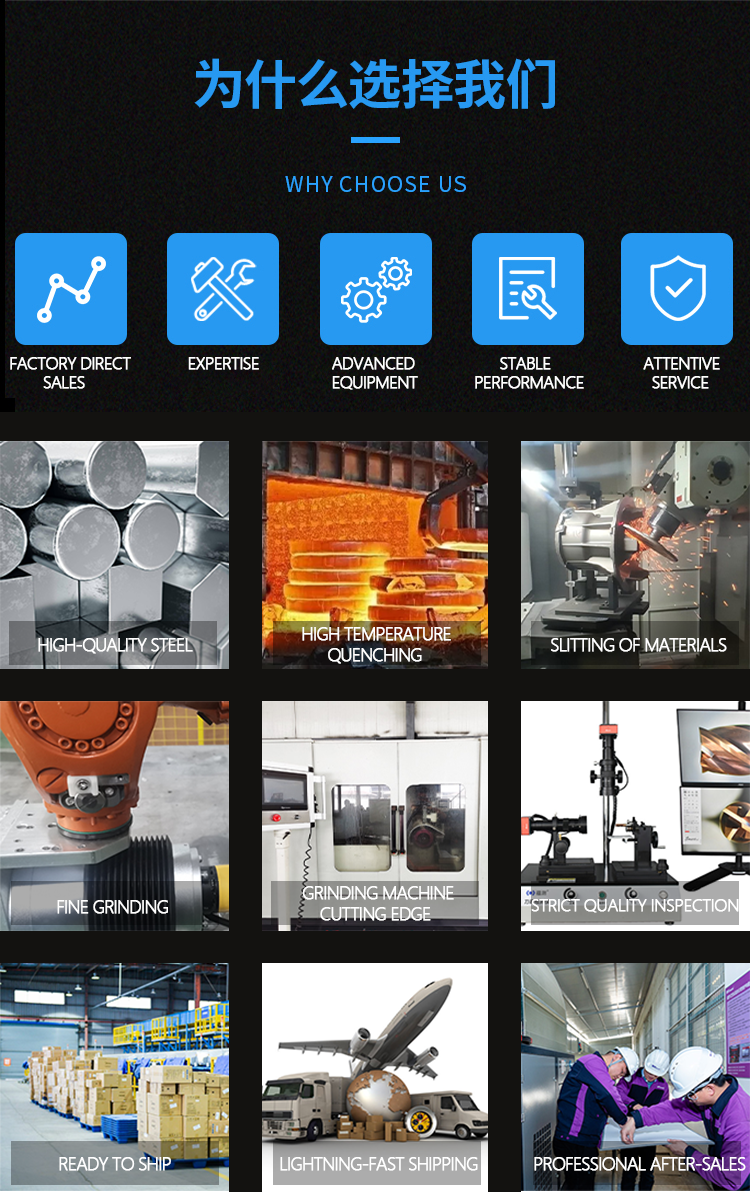
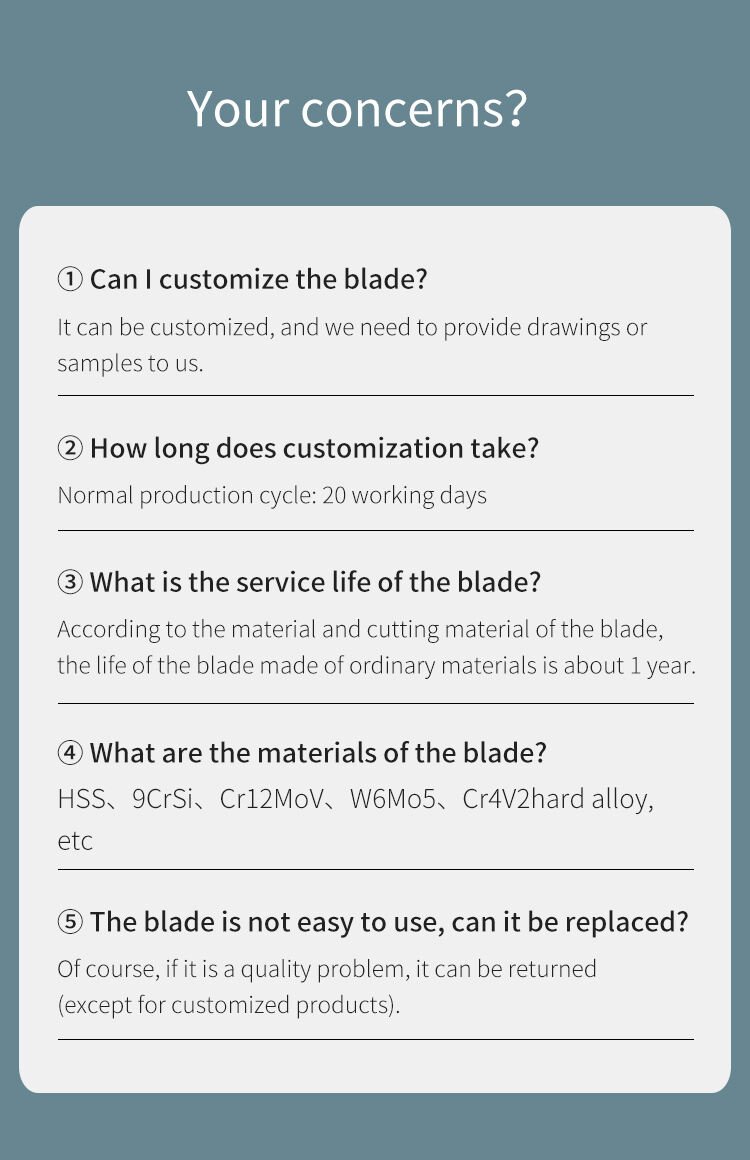

 EN
EN
 AR
AR
 HR
HR
 CS
CS
 DA
DA
 NL
NL
 FI
FI
 FR
FR
 DE
DE
 EL
EL
 IT
IT
 JA
JA
 KO
KO
 NO
NO
 PL
PL
 PT
PT
 RO
RO
 RU
RU
 ES
ES
 SV
SV
 IW
IW
 ID
ID
 LV
LV
 LT
LT
 SR
SR
 SK
SK
 SL
SL
 UK
UK
 SQ
SQ
 ET
ET
 HU
HU
 TH
TH
 TR
TR
 FA
FA
 AF
AF
 MK
MK
 KA
KA
 UR
UR
 BN
BN

